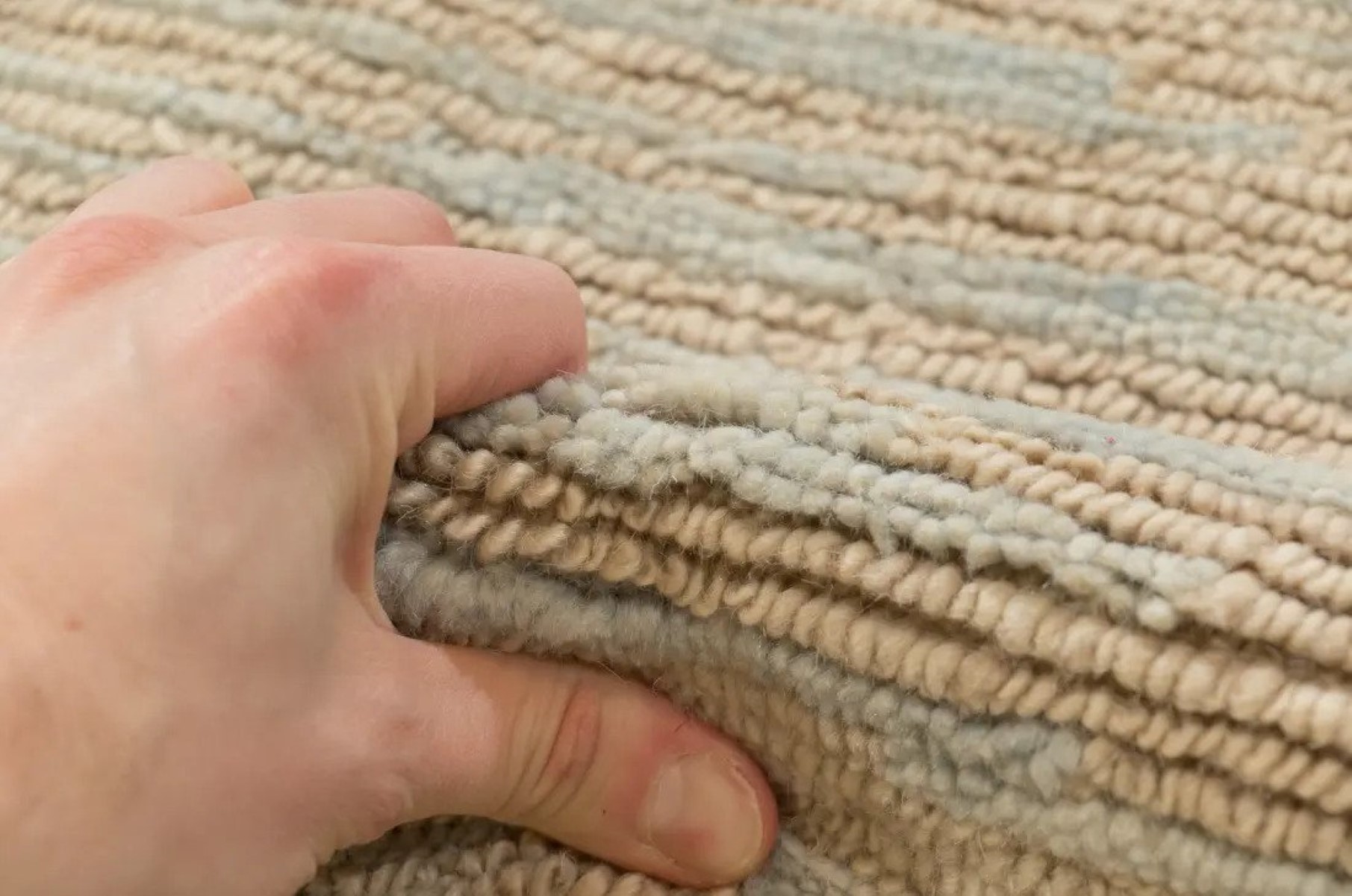

Articles
When Do Wool Rugs Stop Shedding
Modified: January 19, 2024
Learn why wool rugs shed and how long it typically takes for shedding to subside. Find helpful articles and tips on managing rug shedding.
(Many of the links in this article redirect to a specific reviewed product. Your purchase of these products through affiliate links helps to generate commission for Storables.com, at no extra cost. Learn more)
Introduction
Wool rugs are a popular choice for their warmth, beauty, and durability. However, one common issue that many wool rug owners encounter is shedding. Shedding refers to the release of loose fibers from the surface of the rug, which can be a concern for those who want to maintain the rug’s appearance and cleanliness.
In this article, we will delve into the topic of shedding in wool rugs and provide insights into when and why wool rugs shed. We will also discuss the shedding stage and duration, as well as share some tips on how to minimize shedding. By understanding the shedding process of wool rugs, you can make better decisions when it comes to purchasing, caring for, and enjoying your wool rug.
Key Takeaways:
- Embrace the Shedding: Wool rugs naturally shed due to their construction and fiber properties. Understanding the shedding process and following care tips can help you minimize shedding and enjoy the long-term beauty of your rug.
- Shedding Stage and Duration: Wool rugs go through a shedding stage, releasing loose fibers in the first few months. With proper care, including regular vacuuming and rug rotation, shedding will gradually decrease over time, allowing you to fully appreciate the warmth and durability of your wool rug.
Read more: How Long Does A Wool Rug Shed
Understanding Shedding in Wool Rugs
Shedding is a natural characteristic of wool rugs and is a result of the rug’s construction and the properties of the wool fibers themselves. Wool is made up of thousands of tiny fibers that have tiny barbs or scales on their surface. These barbs interlock with each other, giving wool its strength and resilience. However, these barbs also make wool prone to shedding.
When a wool rug is new, it is common for some of these loose fibers to be released from the surface. This is not a defect but rather a normal part of the rug’s life cycle. Shedding tends to be more noticeable in densely woven rugs or those with longer fibers, as there are more loose fibers that can be released.
It is important to note that shedding is different from rug pilling. Shedding refers to the release of loose fibers, while pilling occurs when these loose fibers tangle together and form little balls or pills on the surface of the rug. Pilling is more common in lower-quality wool rugs or rugs that are subjected to heavy foot traffic.
Now that we understand why shedding occurs in wool rugs, let’s explore the factors that can affect shedding and how to distinguish the shedding stage of a wool rug.
Factors Affecting Shedding
Several factors can influence the shedding of wool rugs. By understanding these factors, you can better anticipate and manage shedding in your rug.
- Rug Construction: The construction of the rug plays a significant role in shedding. Rugs with a higher pile or longer fibers tend to shed more initially as they release excess loose fibers. Additionally, densely woven rugs may shed less than loosely woven rugs because the fibers are more tightly secured in the construction.
- Fiber Quality: The quality of the wool fibers used in the rug can impact shedding. Higher-grade wool fibers are generally more resilient and shed less than lower-quality fibers. When purchasing a wool rug, it is essential to choose one made from high-quality wool to minimize shedding.
- Rug Age: Shedding is typically more prevalent in new wool rugs. As the rug ages, it will shed less over time. However, keep in mind that shedding can still occur sporadically, especially during periods of increased foot traffic or vacuuming.
- Environmental Conditions: Environmental factors such as humidity levels and temperature can influence shedding. Dry indoor environments or fluctuations in humidity can cause wool fibers to become more brittle and prone to shedding. Maintaining a consistent and moderate humidity level can help reduce shedding.
- Foot Traffic: The amount of foot traffic a wool rug experiences can impact shedding. Rugs in high-traffic areas will naturally shed more due to the constant friction and pressure from footfalls. Consider placing rugs in less busy areas or using rug pads to minimize shedding in high-traffic zones.
Understanding these factors can help you gauge the amount of shedding you can expect from your wool rug and take appropriate steps to manage and minimize it. In the next section, we will discuss the shedding stage and its typical duration in wool rugs.
Shedding Stage of Wool Rugs
Every wool rug goes through a shedding stage, which is a period during which the rug releases loose fibers. This shedding stage is a natural part of the rug’s life cycle and can vary in duration depending on various factors.
Typically, the shedding stage of a wool rug occurs within the first few months of its use. This is when you may notice an increased amount of loose fibers on the surface of the rug or when you vacuum. It is important to note that shedding during this stage is normal and expected.
During the shedding stage, the rug is simply releasing excess fibers that were not properly secured during the manufacturing process. These loose fibers will eventually work their way out of the rug, and the shedding will gradually decrease over time.
It is crucial to distinguish between normal shedding and excessive shedding. While some shedding is expected during the shedding stage, if the shedding persists for an extended period or if you notice bald spots on the rug, it is advisable to consult with a professional rug cleaner or the retailer to address the issue.
It is worth mentioning that wool rugs with shorter or finer fibers may have a shorter shedding stage compared to those with longer or coarser fibers. Additionally, the shedding stage can be influenced by factors such as rug construction, fiber quality, and environmental conditions.
Now that you have an understanding of the shedding stage in wool rugs, let’s explore the typical duration of shedding and how you can minimize it.
Wool rugs typically shed for the first few months due to loose fibers. Regular vacuuming and gentle brushing can help reduce shedding. After 6-12 months, shedding should significantly decrease.
Typical Duration of Shedding
The duration of shedding in wool rugs can vary depending on several factors, including the rug’s construction, fiber quality, and usage. While shedding is most prevalent during the first few months, it can continue for up to a year or sometimes longer. However, it is important to note that shedding should gradually decrease over time.
During the initial stage of the rug’s life, you may notice a significant amount of loose fibers being released. This is because the rug is shedding the excess wool fibers that were not properly secured during the manufacturing process.
As time goes on, the shedding should become less frequent and the amount of loose fibers released should decrease. Regular vacuuming can help to remove loose fibers and hasten the shedding process. However, be cautious not to over-vacuum, as excessive vacuuming can actually cause more shedding by tugging at the fibers.
It is important to remember that shedding is a natural characteristic of wool rugs and should not be a cause for alarm. As the rug ages and more loose fibers are shed, the rug’s appearance will become more defined and the shedding will eventually subside.
During the shedding process, it is advisable to avoid placing the rug in high-traffic areas or using it in spaces where shedding fibers may cause inconvenience or discomfort. Additionally, using a rug pad can help minimize friction and protect the rug, reducing the shedding process.
While shedding can be a temporary inconvenience, it is a small trade-off for the many benefits that wool rugs offer. The natural beauty, warmth, and durability of wool make it a popular choice for many homeowners, despite the initial shedding stage.
In the next section, we will discuss some tips on how to minimize shedding in your wool rug.
Read more: How Long Do Wool Rugs Last
How to Minimize Shedding
While shedding is a normal characteristic of wool rugs, there are several steps you can take to minimize shedding and keep your rug looking its best. Here are some tips to help you reduce shedding:
- Choose a High-Quality Wool Rug: Opt for a wool rug made from high-quality fibers. Higher-grade wool will shed less and be more durable in the long run.
- Regularly Vacuum: Vacuuming your wool rug on a regular basis helps to remove loose fibers and reduce shedding. Use a vacuum cleaner with a brush or beater-bar attachment to gently agitate the fibers and lift away loose debris. However, avoid excessive vacuuming as it can cause more shedding.
- Rotate the Rug: Regularly rotate your rug to distribute foot traffic and wear evenly. This can help prevent excessive shedding in specific areas and prolong the lifespan of the rug.
- Protect the Rug: Place a rug pad under your wool rug to provide cushioning, enhance longevity, and reduce friction. A rug pad can also help prevent the rug from sliding and bunching up, which can lead to shedding.
- Control Humidity Levels: Maintaining a moderate humidity level in your home can help minimize shedding. Avoid excessively dry or humid conditions, as they can make wool fibers more brittle and prone to shedding. Using a humidifier or dehumidifier can help achieve optimal humidity levels.
- Avoid Harsh Cleaning: When cleaning your wool rug, avoid harsh chemicals or abrasive scrubbing, as they can damage the fibers and increase shedding. Instead, opt for gentle cleaning methods, such as spot cleaning with mild detergent or seeking professional rug cleaning services.
- Be Patient: It is important to be patient during the shedding stage of your wool rug. Shedding is a natural process that will gradually decrease over time. With proper care and maintenance, your rug will continue to look beautiful while shedding less.
By following these tips, you can minimize shedding and enjoy the beauty and longevity of your wool rug. Remember that shedding is a normal part of the rug’s life cycle, and with time, it will diminish.
Conclusion
Shedding is a normal characteristic of wool rugs, and understanding this process is essential for rug owners. By gaining insights into why wool rugs shed, the factors that affect shedding, and the typical shedding stage and duration, you can better manage and care for your wool rug.
Wool rugs shed due to the natural properties of the wool fibers, including the presence of tiny barbs that can interlock and release loose fibers. Factors such as rug construction, fiber quality, rug age, environmental conditions, and foot traffic can influence the shedding frequency and intensity.
The shedding stage of a wool rug typically occurs in the first few months of use, during which loose fibers are released from the surface. This is a normal part of the rug’s life cycle, and shedding should gradually decrease over time. It is important to differentiate between normal shedding and excessive shedding, seeking professional advice if necessary.
To minimize shedding, choose a high-quality wool rug, regularly vacuum with a brush or beater-bar attachment, rotate the rug to distribute wear, protect the rug with a rug pad, control humidity levels, avoid harsh cleaning methods, and be patient during the shedding stage.
While shedding can be a temporary inconvenience, the natural beauty, warmth, and durability of wool rugs make them a popular choice for many homeowners. By following the tips mentioned, you can reduce shedding and extend the lifespan of your wool rug.
Remember, shedding is a natural process, and with proper care and maintenance, your wool rug will continue to enhance the aesthetics and comfort of your living space for years to come.
Frequently Asked Questions about When Do Wool Rugs Stop Shedding
Was this page helpful?
At Storables.com, we guarantee accurate and reliable information. Our content, validated by Expert Board Contributors, is crafted following stringent Editorial Policies. We're committed to providing you with well-researched, expert-backed insights for all your informational needs.
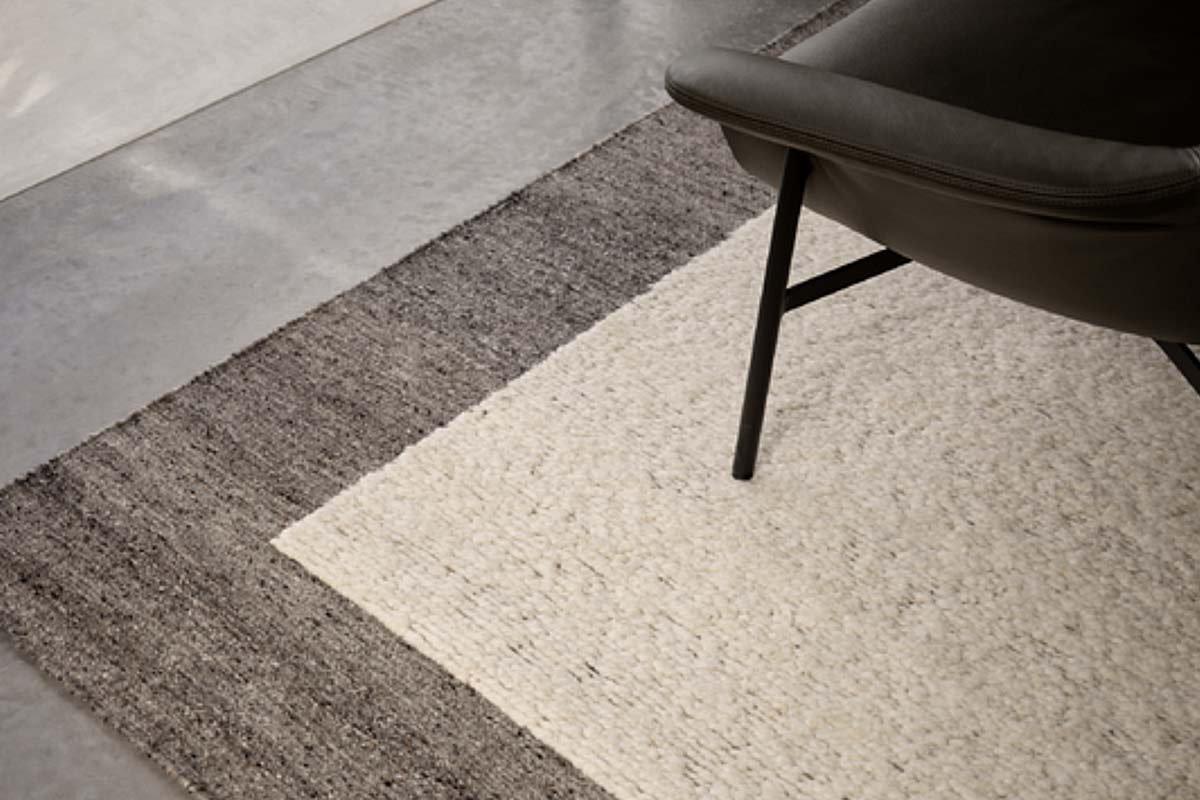
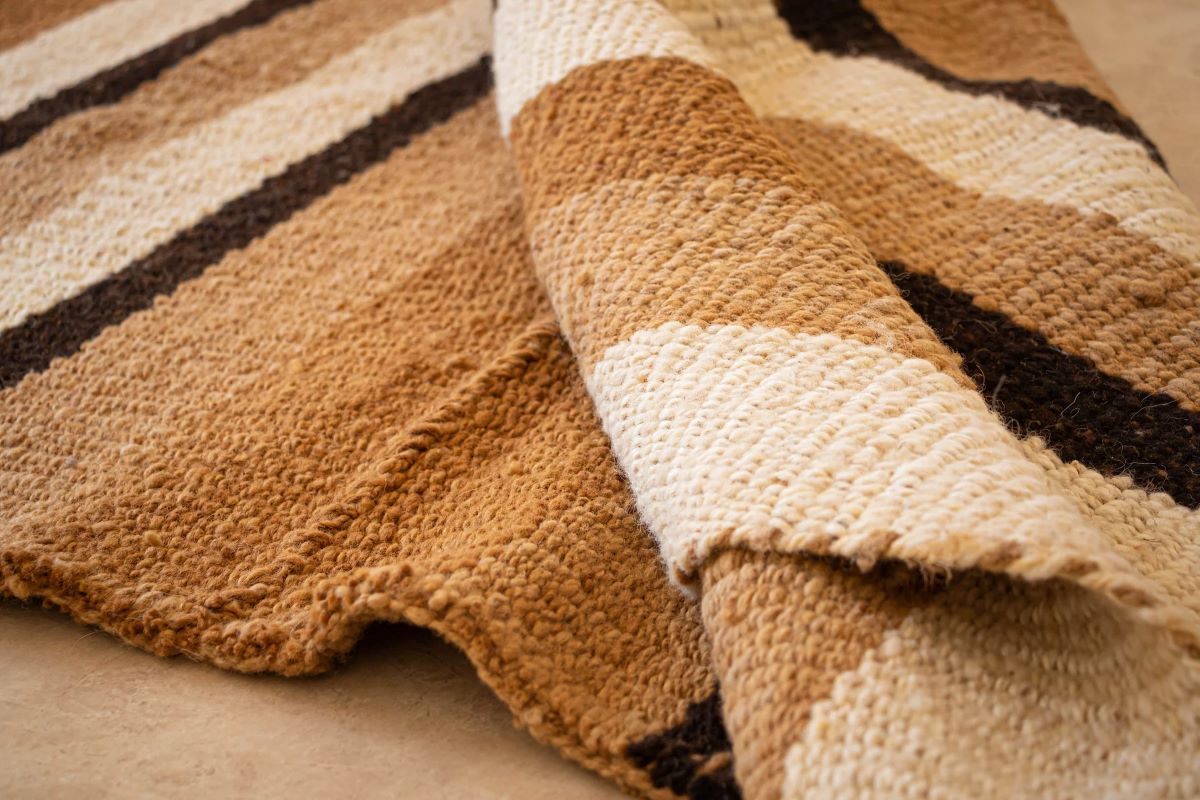
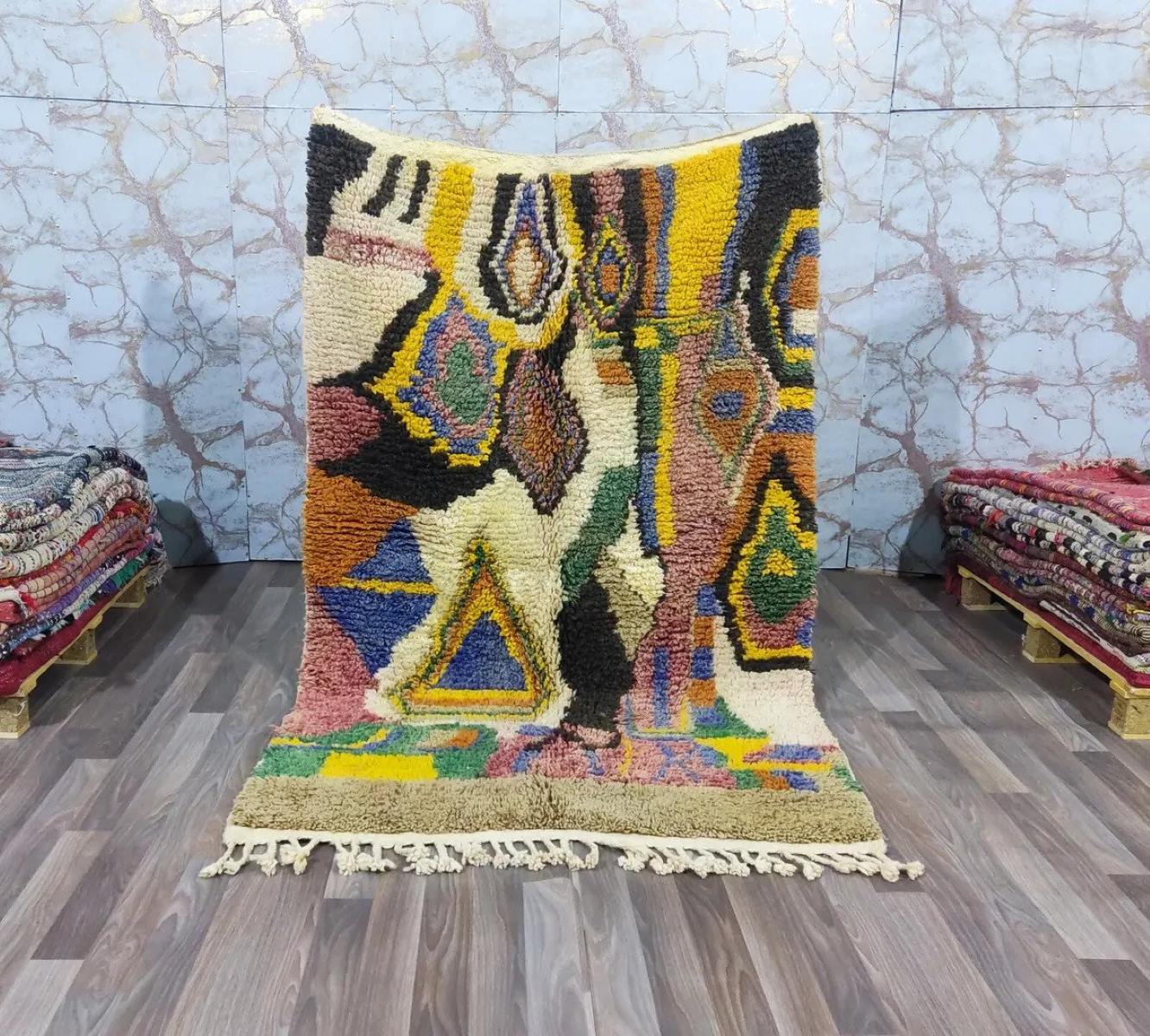
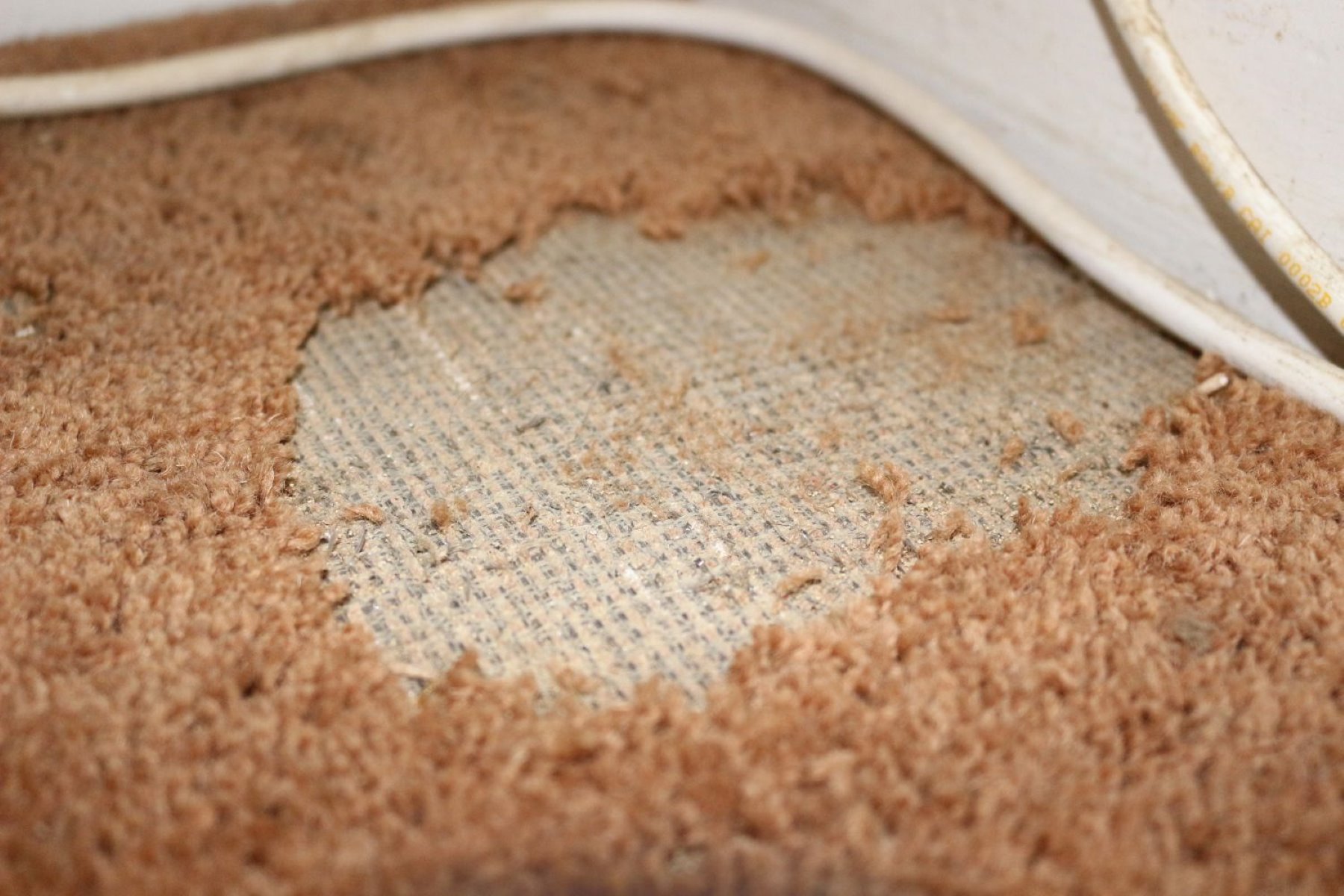
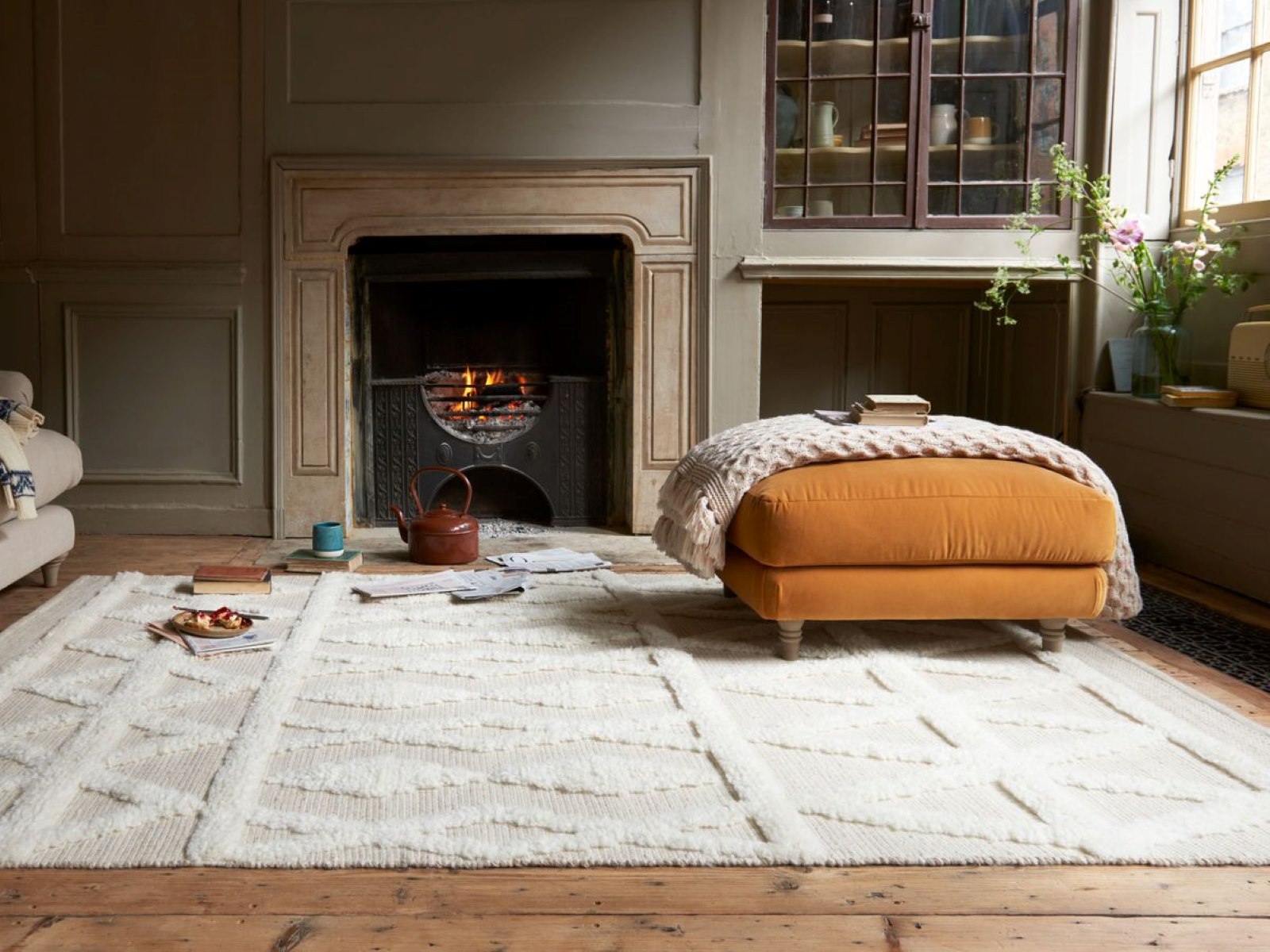
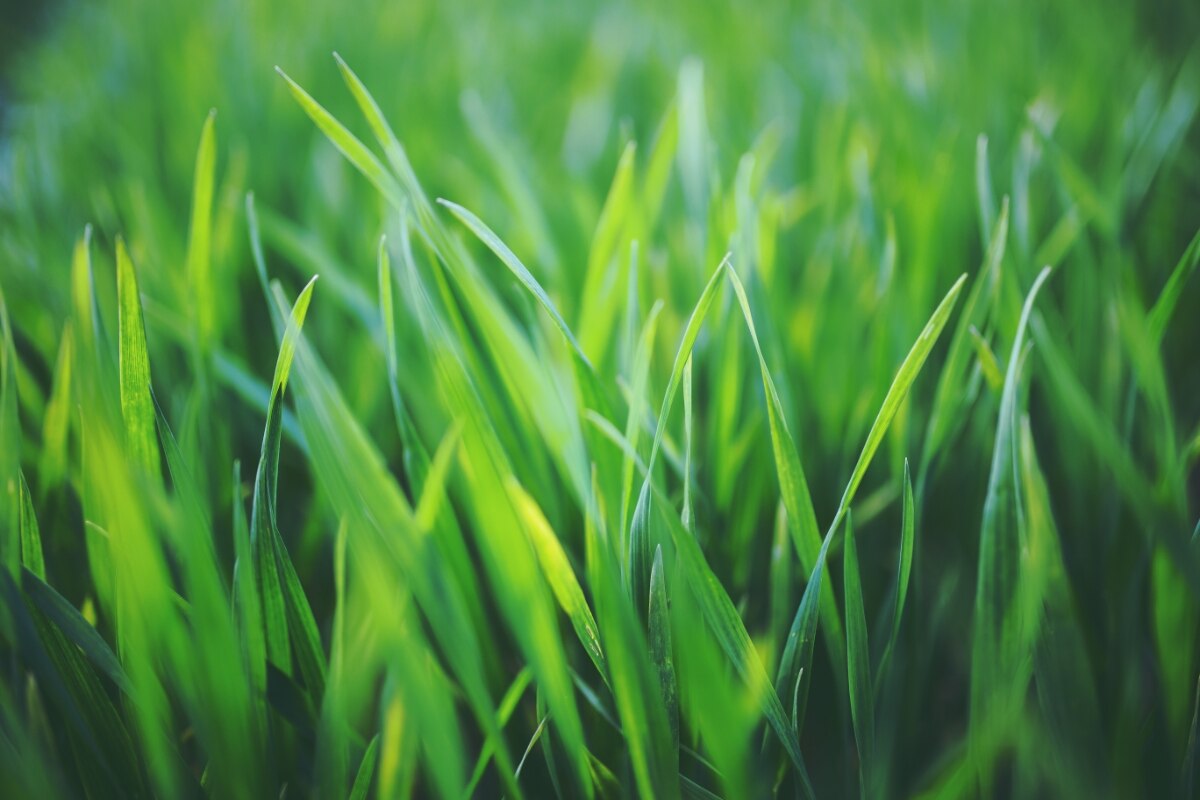
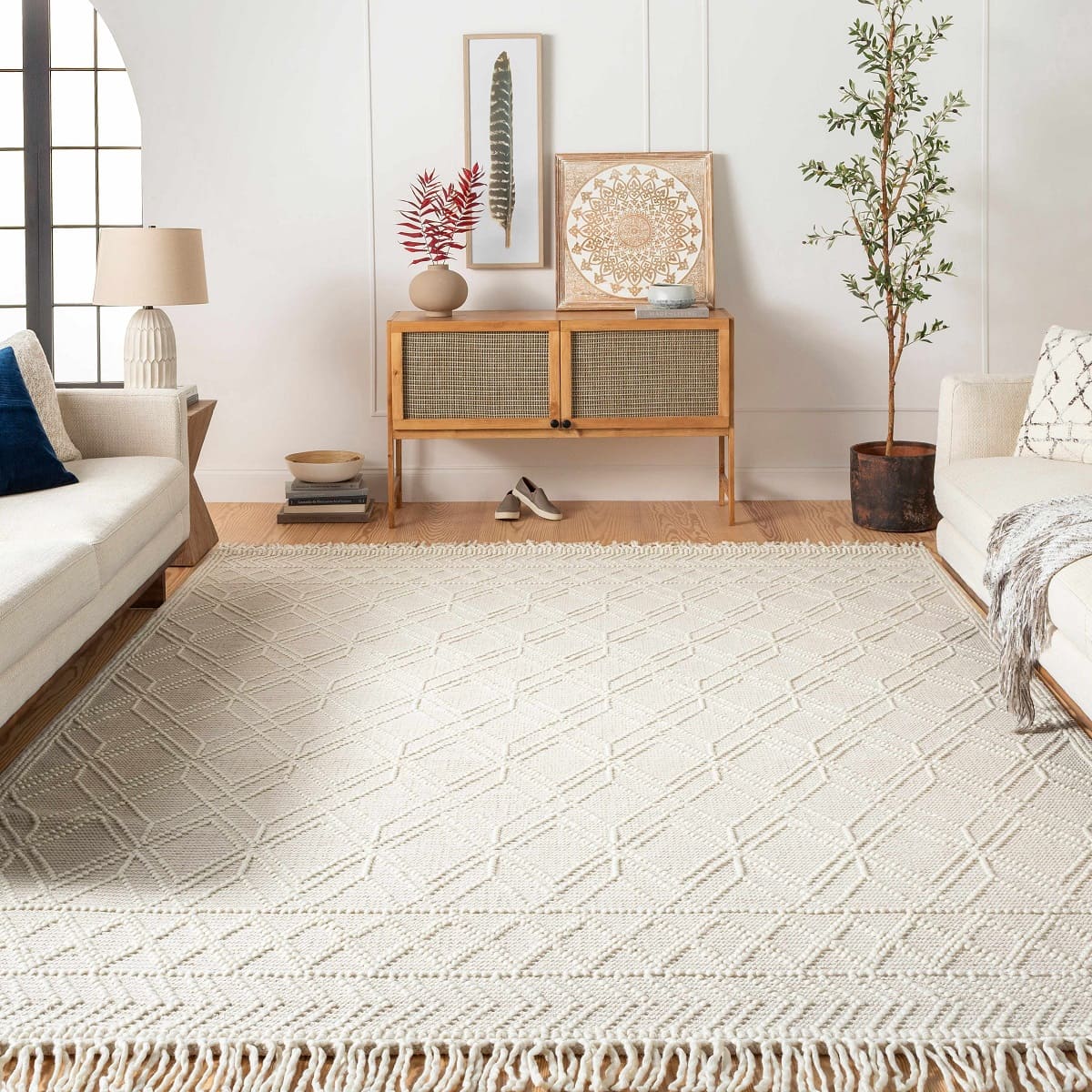
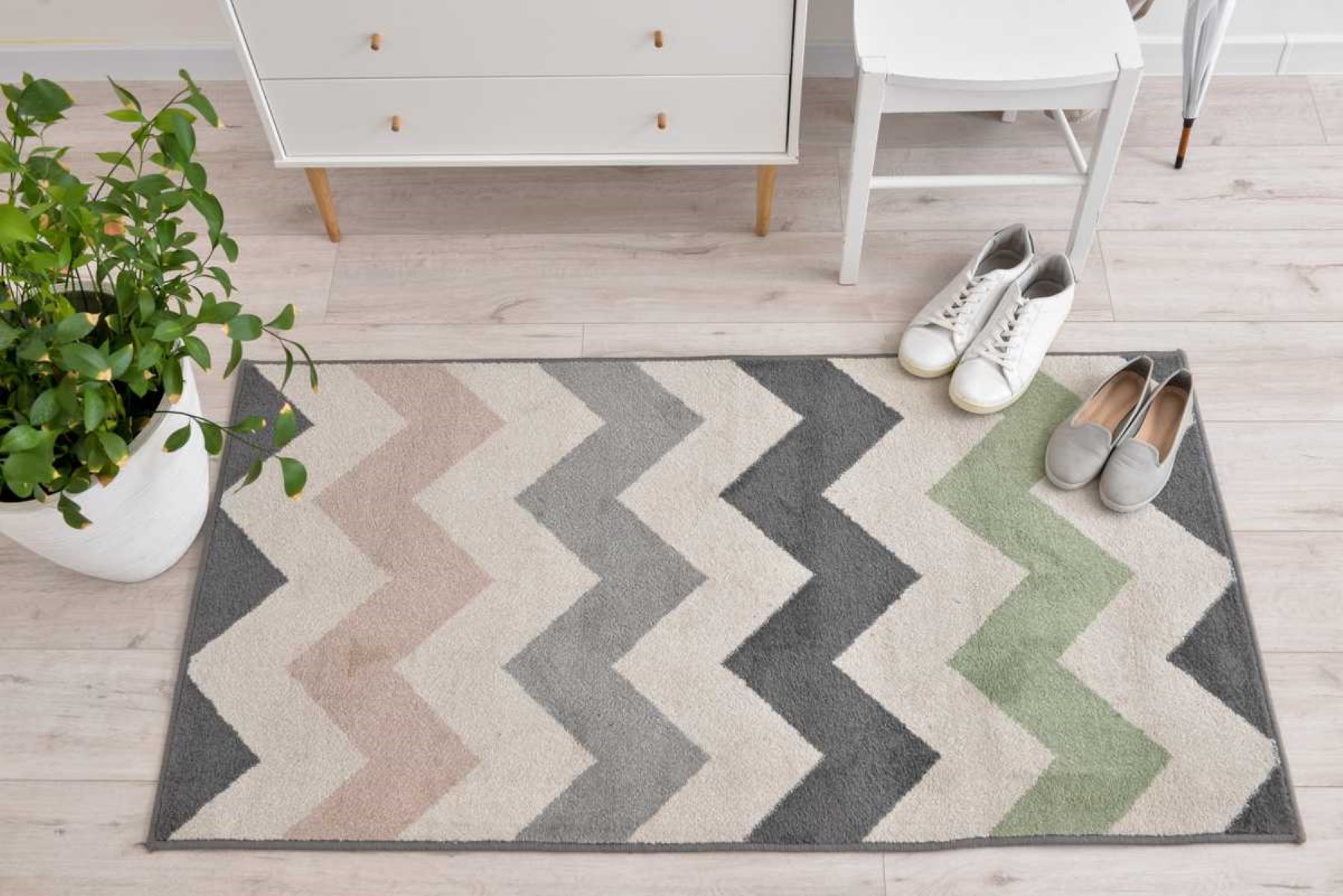
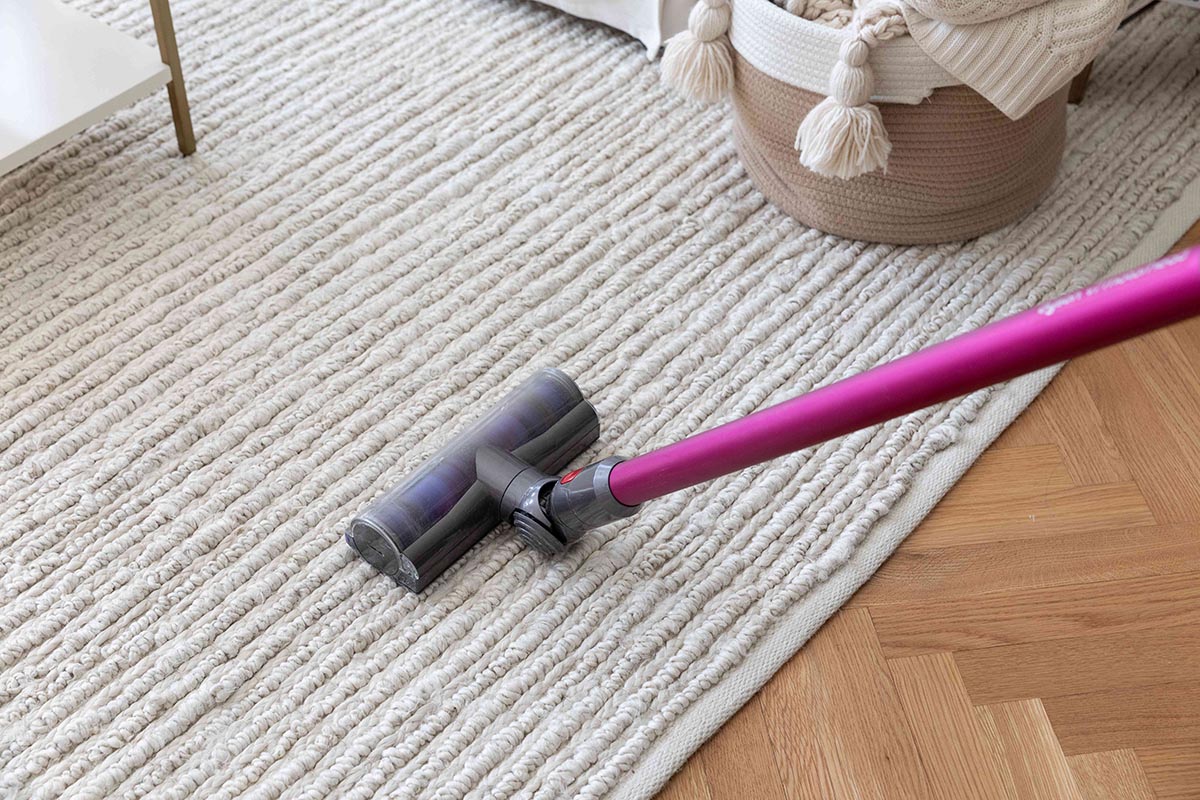
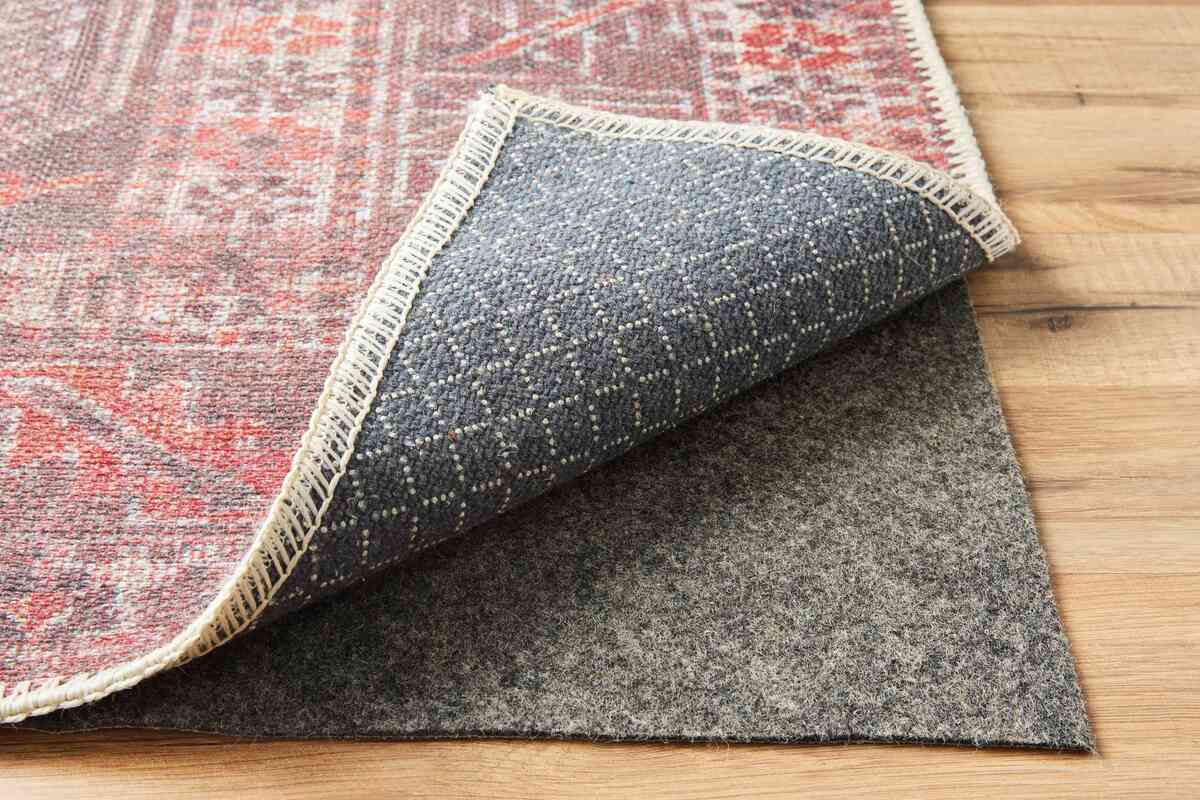
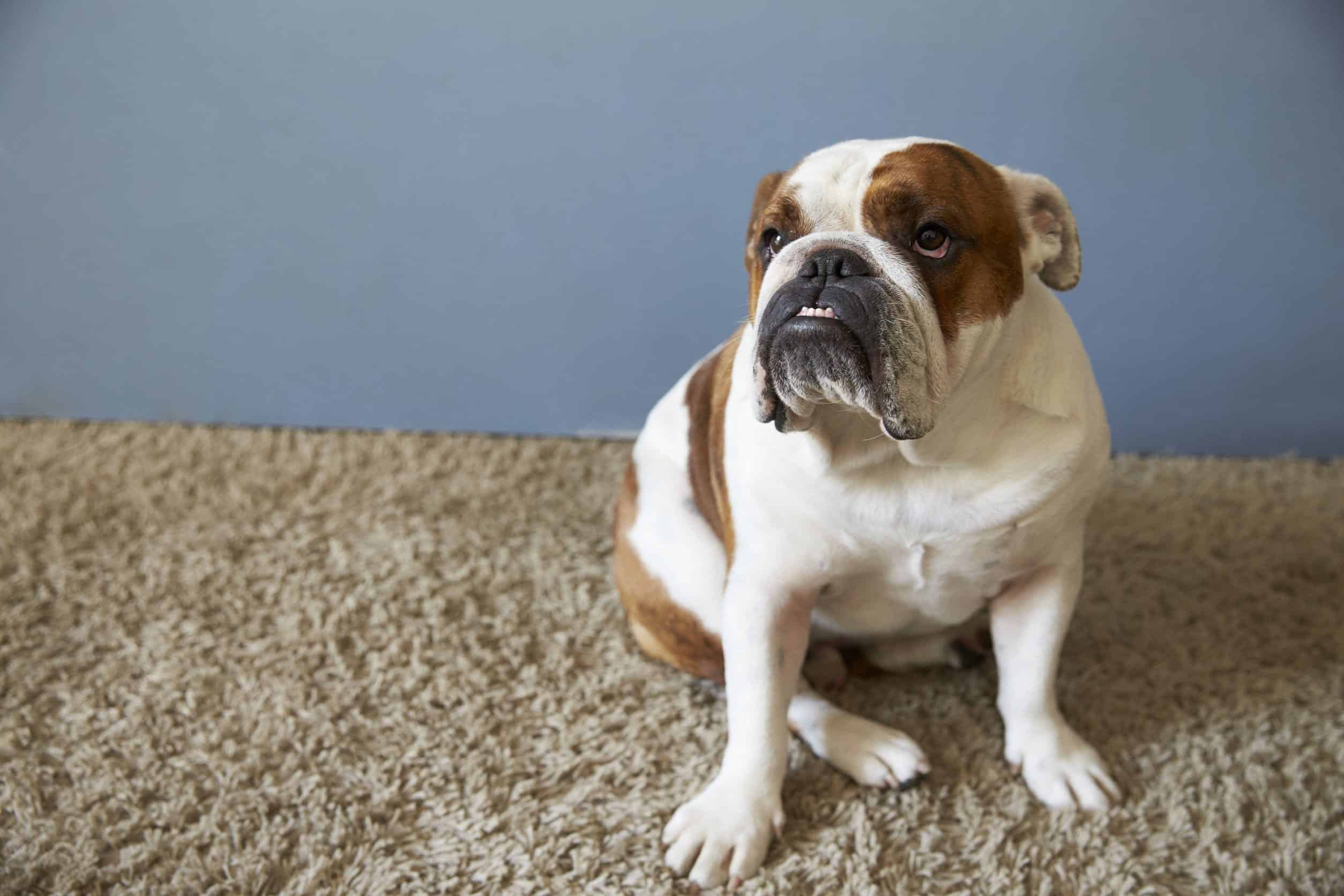
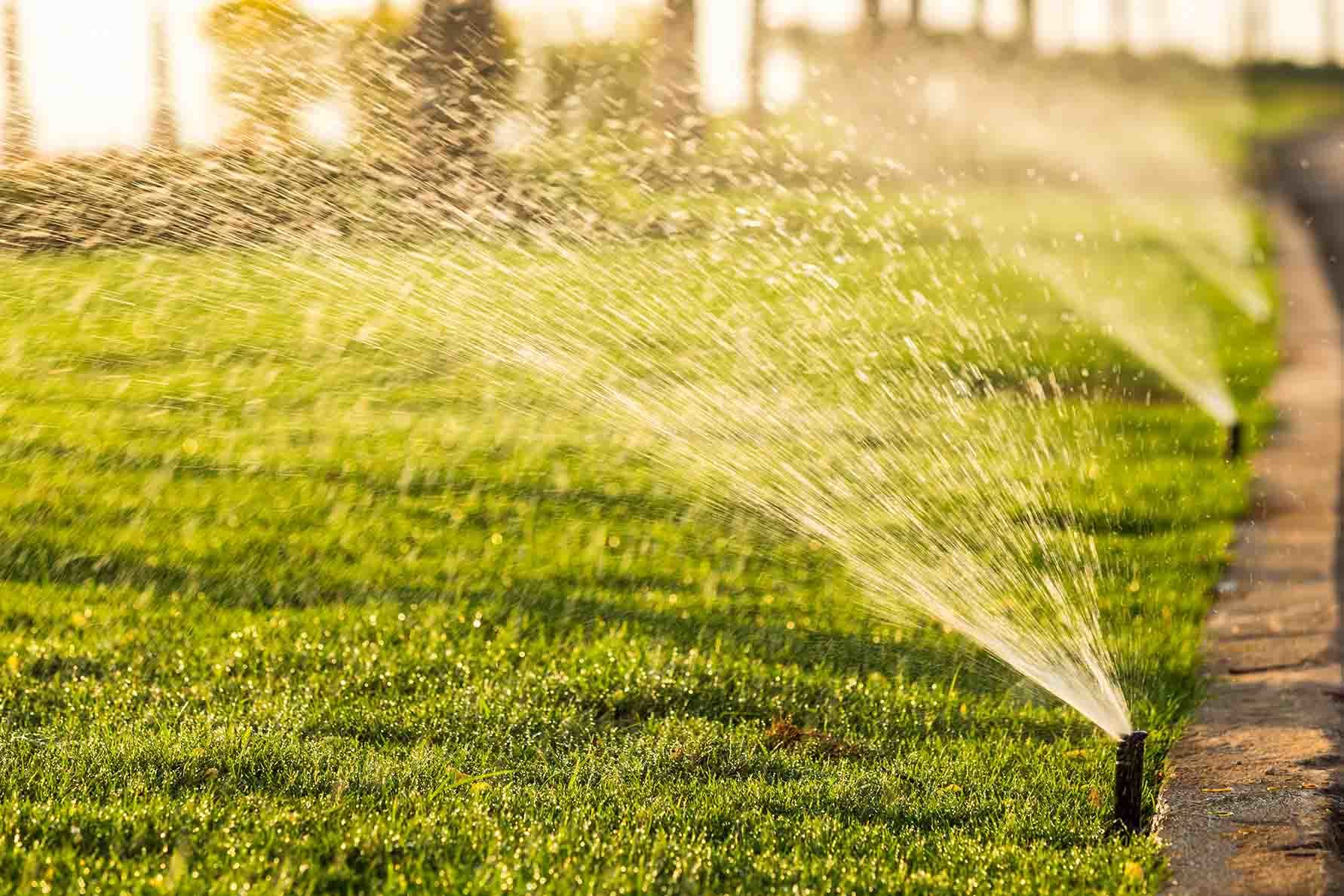
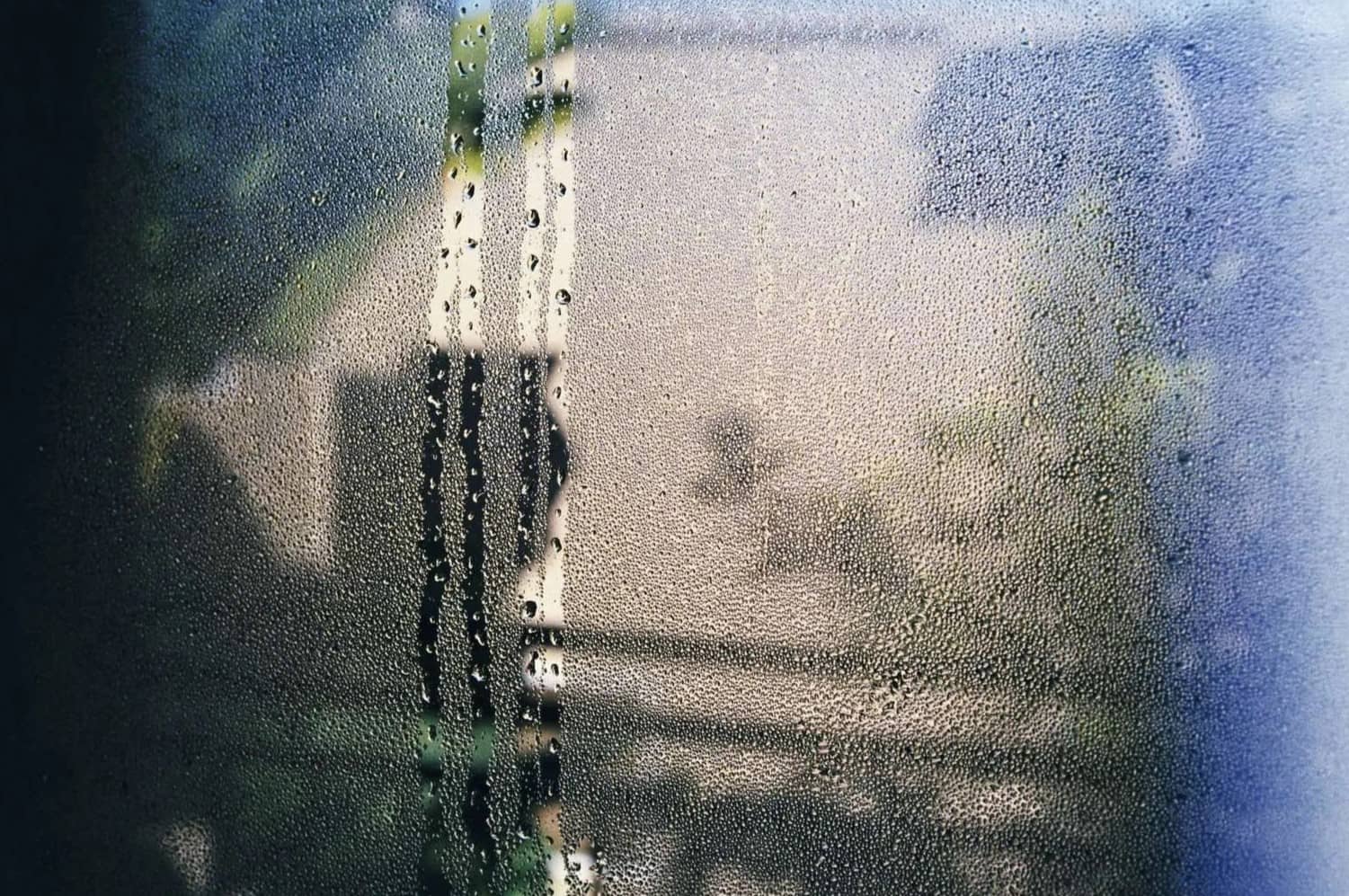
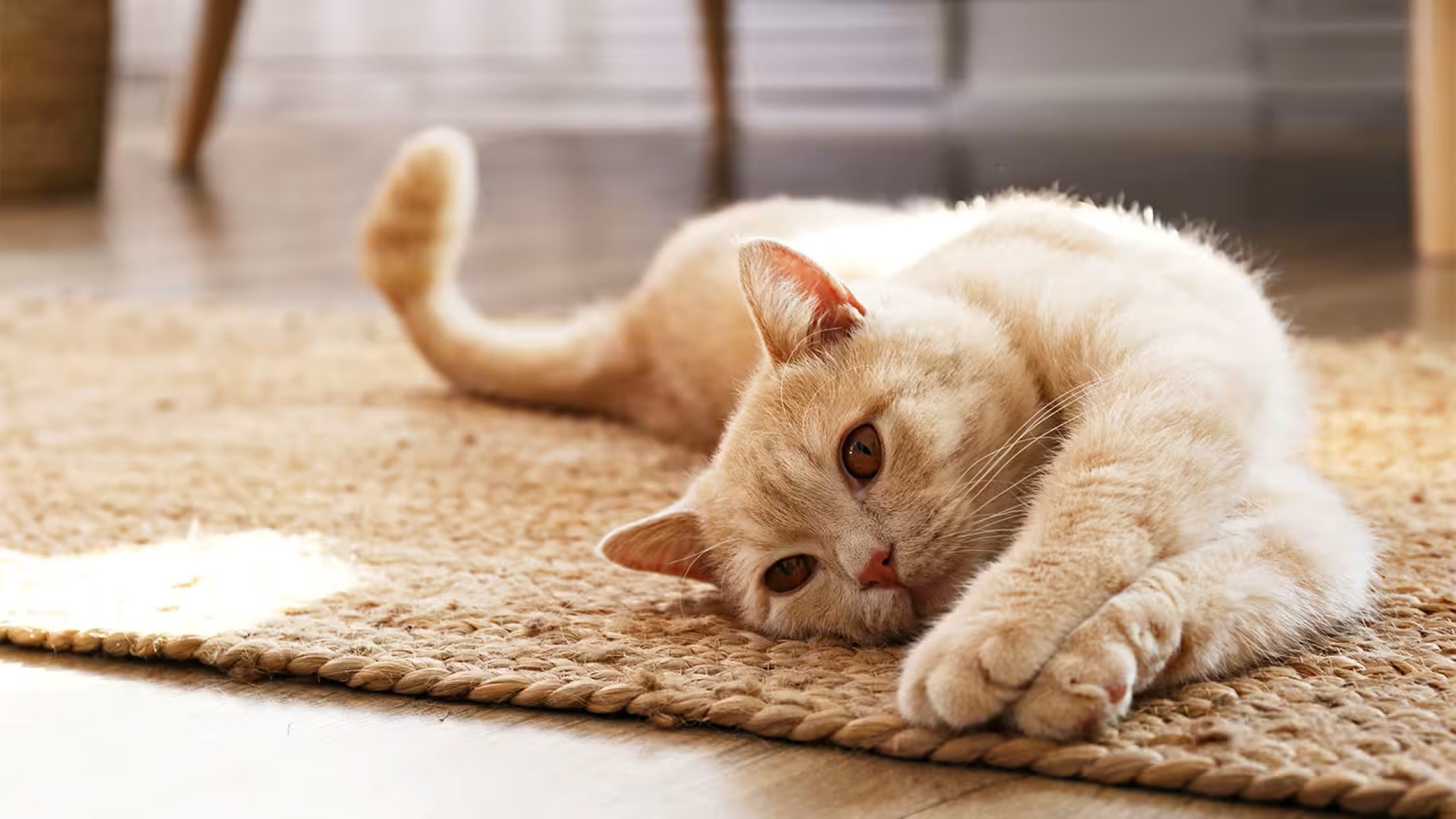

0 thoughts on “When Do Wool Rugs Stop Shedding”